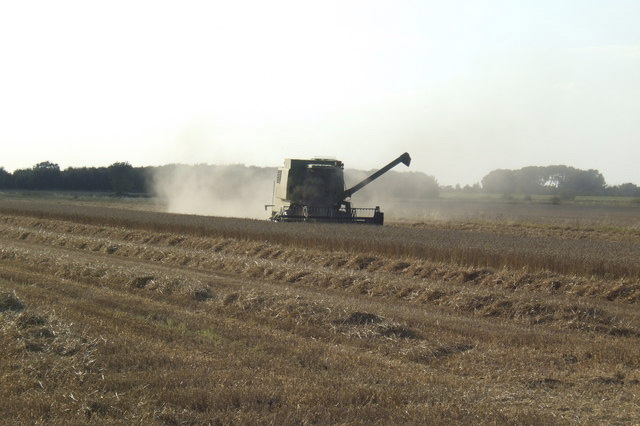
Agricultural experts at the UK200Group of independent chartered accountants and lawyers say that measures announced in the 2014 Budget could encourage farmers to plan more proactively for retirement.
Richard Barnett, managing partner at Cheshire accountants Howard Worth, and Andrew Heskin, partner at East of England accountancy firm Moore Thompson, are both members of the UK200Group’s agriculture special interest group, which brings together accountants and lawyers with particular expertise in agricultural and rural businesses.
Andrew highlighted sweeping changes to defined benefit contribution pensions that are due to take effect from April 2015. Once savers reach the age of 55, they will be able to take what they wish from their pension pot, with no obligation to set up an annuity, while paying tax at their marginal income tax rate – 20 per cent for base rate income tax payers – on funds drawn, rather than 55 per cent as at present.
He said that the changes, combined with the effective merger of cash and stocks and shares ISAs from 1 July this year and an increase in the annual ISA savings limit to £15,000, could provide an incentive for farmers to be more proactive in their retirement and succession planning.
Richard added: “The proposed changes in pension laws will benefit many farmers and encourage some to more actively fund their own pension. Higher rate tax paying landowners may be encouraged to sell tranches of their own land to a self-invested personal pension (SIPP) and benefit from higher rate relief, then buy it back and draw the cash out of the SIPP when they are basic rate taxpayers in retirement.”
Both welcomed the increase in the annual investment allowance (AIA) from £250,000 to £500,000 from April 2014 until 31 December 2015. Expenditure under AIA qualifies for 100 per cent tax relief, enabling most farming and other businesses to offset investment in plant and machinery – including items such as tractors, combines and other equipment – against taxable profits. Expenditure on some integral building features, such as electrical and plumbing installations, can also fall into the AIA.
Andrew said: “This is a welcome measure as it enables farmers to utilise the profits generated in their business to make further investment, not just in the traditional farm machinery, but also in other projects such as renewables.
“However, careful planning will be needed after 31 December 2015, as taxable profits are likely to exceed accounting profits if the Chancellor decides not to extend this measure beyond that date, having got the 2015 general election out of the way.”
Richard said the move provided some long-term certainty on AIA levels for larger farms planning investment projects in 2014 and 2015. The £250,000 AIA limit had been due to return to its original level of £25,000 at the end of 2014.
Elsewhere, Richard said that the increase in the personal tax allowance to £10,000 from April 2014 would enable farmers to pay family members more while reducing business tax bills..
Andrew highlighted the introduction from 5 April of new rules for mixed partnerships, sometimes used as a structure for farming businesses. He said: “Effectively, if a company is a partner in a business we will see an increase in the tax bills for the business. In fact, operating a business as a partnership or sole trader is becoming increasingly expensive in terms of tax on profits.
“On the plus side, the main rate of corporation tax falls to 21 per cent from 23 per cent, which also reduces the marginal rate of tax paid on profits above the small companies threshold (£300,000 for a stand-alone company) to 21.25 per cent. This goes some way towards compensating companies for the loss of Agricultural Buildings Allowances a few years ago.”
